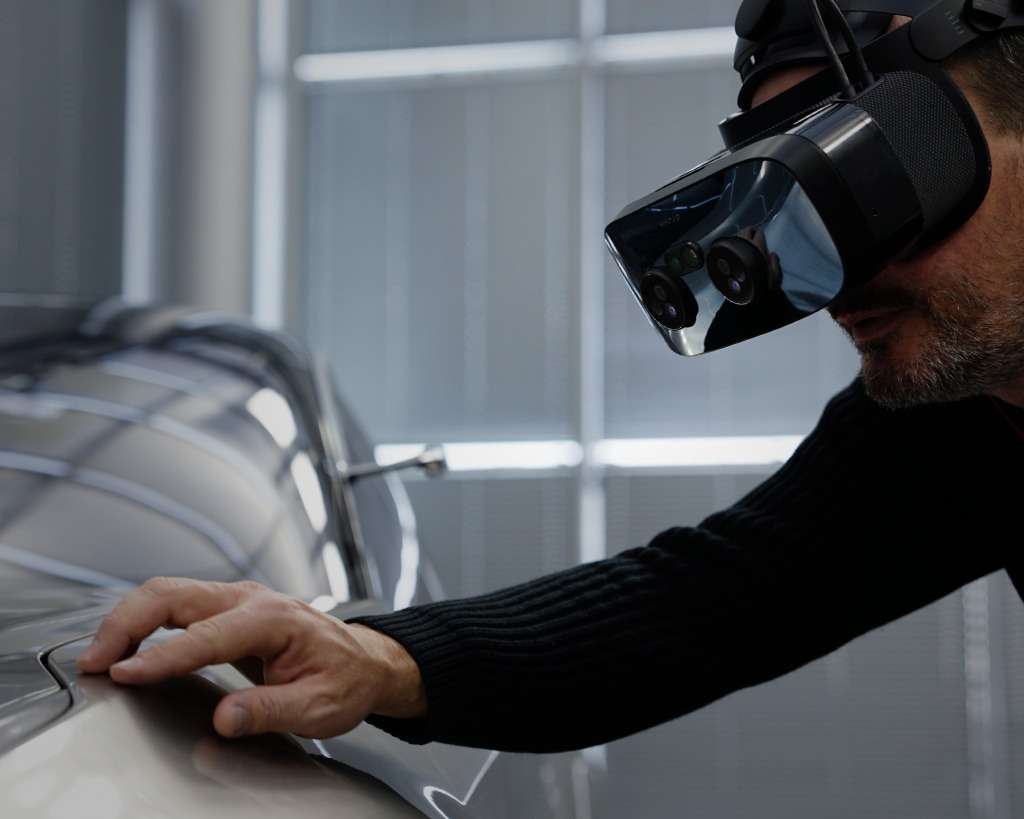How AR and VR Will Fundamentally Change the Automotive Industry?
The automotive industry is changing, and both technology and environmental concerns are driving this change.
Autonomous cars and electric vehicles are two of the most prominent examples:
- The Government has announced that full autonomous cars could be on the country’s roads by the end of 2021
- Electric vehicle demand is growing, with an increased uptake year on year.
Behind the scenes, designers, engineers and researchers are adopting new, innovative tools and approaches to meet the industry’s challenges. This is where both augmented reality (AR) and virtual reality (VR) are making inroads in the automotive industry.
AR or VR for Automotive Applications?
There are differences between AR and VR that determine how the automotive industry uses these technologies:
- AR combines digital elements with real-life, physical elements
- VR is fully artificial and immersive.
As we’ll explain, these technologies can crossover, but also enable designers, engineers and others to work differently on automotive projects. The key areas where AR and VR are changing the automotive industry are:
- Design
- Prototyping
- Product development
- Manufacturing
- Research & Training
How VR is Changing Automotive Design Processes
Traditionally, the complete end-to-end process for designing new vehicles is a long one, taking up to five years. VR is helping to speed this up, enabling designers, and engineers to develop initial concepts much faster. Why? Because VR allows designers to render initial concepts in 3D and to identify and develop their potential at a more rapid rate.
Brainstorming is a critical part of the design process, and the collaborative potential of immersive VR environments offers new ways for participants in projects to work together. This technology combines shared visual data with the capacity for individual file-sharing and uploading of information. It also means that this type of collaborative working can transcend geographical restrictions.
Virtual Prototyping for Vehicle Design
A common practice for automotive manufacturers is to build physical prototypes to help test and refine design and engineering concepts.
Modelling is a crucial part of the process, but using VR designers and engineers have far greater flexibility in modifying concepts and overcoming the inherent limitations and demands on resources associated with physical modelling.
VR visualises ideas exactly as they would appear in the final, finished part or product. It is a route to greater creative freedom but in a context where it’s clearer earlier on if concepts are viable.
VR offers an alternative means for bench testing. Virtual prototyping supports electric vehicle (EV) manufacturers by enabling them to validate a new vehicle’s entire electronic system without needing to depend on physical hardware.
AR and Product Development
In automotive engineering, it is easier to design new products by combining digital content with reality. This use of AR also applies to repairing existing models as well as designing new ones.
Engineers at Mercedes have been using AR to provide them with technical support, providing them with remote assistance in real-time.
Where engineers are designing new engines, AR lets them visualise whether new components will fit into existing vehicle designs. This reduces development costs and saves time.
VR and AR in Vehicle Manufacturing
VR can make vehicle manufacturing more streamlined by helping manufacturers reconfigure and optimise their assembly lines. By first constructing a virtual assembly line, manufacturers can do preliminary checks on workflow.
Immersive VR enables them to do this at full-scale, walking through the virtual assembly line and experiencing its immersive visuals.
AR supports retrofitting, because manufacturers can see in advance, digitally, how they will need to adapt their current workstations to meet specifications.
Ford is already using a virtual assembly line in its virtual reality lab, providing an immersive environment for designers, researchers and engineers to work in.
VR and Digital Training
Training is crucial to the ongoing development of the automotive industry. VR offers new efficient and cost-effective training delivery methods.
Simulation-based training prepares employees for the demands of the physical workplace and familiarises them with advanced tools and technologies involved in modern vehicle manufacturing. Including virtual training provides opportunities for improved learning outcomes while reducing risk and training costs.
Automotive Applications from ST Engineering Antycip
At ST Engineering Antycip, we specialise in VR applications for the automotive and transport industry.
These include virtual prototyping, simulation technology and systems and platforms for analysis and testing.
For more information, please contact us.



















